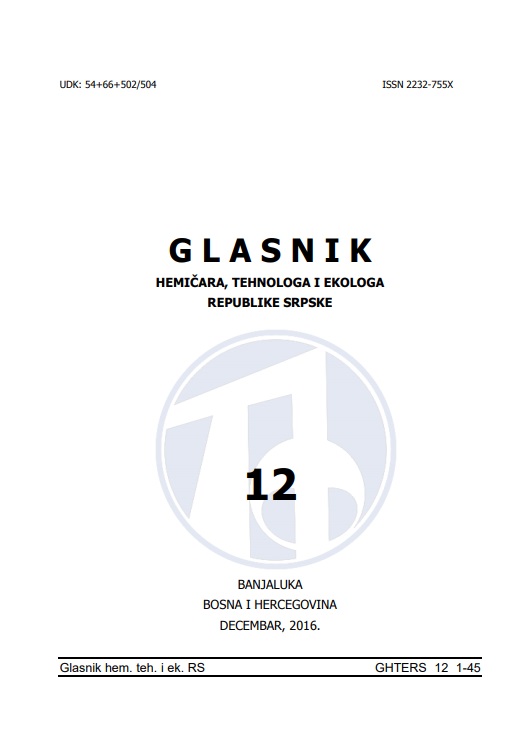READABILITY OF SCREEN PRINTED QR CODES DEPENDING ON THEIR DIMENSION, ENCODED CONTENT AND TYPE OF PRINTING SUBSTRATE USING SCREEN PRINTING TECHNIQUE
DOI:
https://doi.org/10.7251/GHTE1612037PAbstract
QR (Quick Response) code is a two-dimensional code consisting of white and black squares as information carriers.
The main advantages of a two-dimensional or matrix code is the possibility of various and extensive content in the
given area, wherein the amount of encoded data is limited to about 7000 numbers and about 1800 symbols. The
above-mentioned codes have become an inevitable part of any industrial product. The aim of this experiment was to
test readability of different QR codes printed with screen printing with different mesh tread densities (140 threads/cm
and 180 threads/cm). The QR codes were prepared in six different dimensions (1 cm2, 1.3 cm2, 1.6 cm2, 1.9 cm2, 2.2
cm2 and 2.5 cm2) with three different types of content (textual message-SMS with 160 characters, short URL and long
URL) on seven different substrates (paper 170g/m2, self-adhesive paper, PVC foil, white and yellow cotton cloth/fabric,
aluminium sheet and glass plate). During the experiment D65 light source was used as a simulation of daylight. We
have used Neo Reader software for QR code reading on HTC Desire phone, using the 5-megapixel camera and
possibility of autofocus. The results show improved readability with QR codes printed with screen mesh of 140
threads/cm and with the reduction of carried information, i.e. the number of characters that QR codes consist of. Also,
the problem with readability decreases when using substrates such as aluminium sheet or glass plate.
